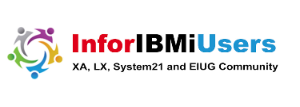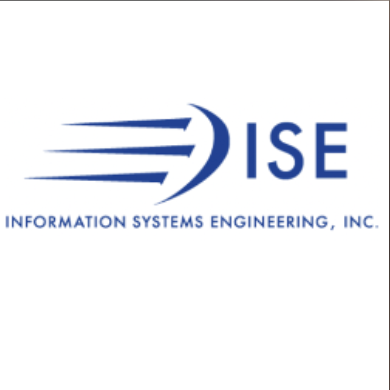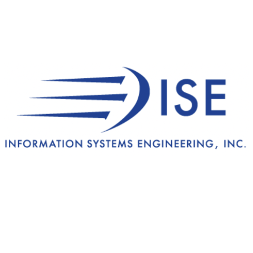With the software and app world focusing on keeping up-to-date and running well, we can often miss or forget to keep our IBM servers current, especially if you get all of the common tasks automated and running well; sometimes your server can become the box in the corner that ‘just runs.’
Keeping up-to-date can not only get you on upgraded software or hardware, but it also gets you the newest security functions and licensed products, and (what we find to be the most important) keeps you from having to pay any support extension fees when support expires.
From our perspective, there are three major tiers of IBM server maintenance to keep up-to-date with. From the top level of your server to the simplest you will want to focus on these: Hardware, IBMi OS Level, and product temporary fix (PTFs.) Checking these three things is easier than you think, and I can run through them all below.
Hardware – It can be hard to determine exactly what is going on with the IBM hardware world as it is constantly changing and IBM releases new systems occasionally within the same power system family. A good general rule of thumb Is that the last two Power system family releases are going to be supported, while the 3rd will likely be on support extension soon. Here is a great IBM page I like to use: https://www.ibm.com/support/pages/lifecycle/
That IBM page allows you to look up any hardware model of IBM to see its current support level and if any end of support/end of life has been announced. Here is a example of a Power8 server which is now at end of support:
 If you are not sure exactly how to determine the type-model of your IBM server, my favorite green screen command to run for this information is CALL QSYS/QLZARCAPI, which is pictured below.
If you are not sure exactly how to determine the type-model of your IBM server, my favorite green screen command to run for this information is CALL QSYS/QLZARCAPI, which is pictured below.
 In this case, our type-model shows as a 9009-22A, which shows this info on IBM’s product life cycle page:
In this case, our type-model shows as a 9009-22A, which shows this info on IBM’s product life cycle page:

No end of support has been reported yet for that hardware.
Another resource I commonly use to track which hardware supports what os level is this page: https://www.ibm.com/support/pages/system-ibm-i-mapping
If you have any problems determining the status of your hardware or software, or have any further questions about support, please reach out to us. That is why us IBM business partners exist! We would be happy to help out answer any questions you have.
IBMi OS Level – Checking this is much easier. Here is the IBM page for release cycle of IBM i OS: https://www.ibm.com/support/pages/release-life-cycle
This page has a table with all of the IBM levels and their announced end-of-support dates. I cleaned it up to just contain recent releases here:

Note 1: End of program support date will be announced with at least 12 months’ notice prior to the effective termination date.
Note 2: For 6.1, includes both Machine Code Level V6R1M0 and V6R1M1.
Note 3: The initial IBM i 7.2 Service Extension Offering started on May 1, 2021 and ended on April 30, 2024. IBM i 7.2 extended Service Extension starts on May 1, 2024 and goes through April 30, 2026.
Note 4: IBM i 7.3 Service Extension Offering started on October 1, 2023.
If you want to see the version of OS you are currently using, the fastest way would be to run the command DSPPTF on your green screen. Your OS level will be at the top of the screen:

In this case, the system is running IBM I 7.5 (V7R5M0.) IBM keeps to a (mostly) regular release schedule for OS levels, so it’s a good idea to check in once a year to ensure you are still up to date.
There are always a lot of considerations for upgrading your OS from one level to another so if you ever get behind, feel free to reach out to go over your options and what you need to do to get upgraded.
Installed PTFs – These are your system patches and updates that are essential to keeping your system secure and running the newest versions of licensed products. These should generally be run at least a couple of times per year, but some people will run them quarterly as well.
There are a few ways to look at PTFs including the classic way or viewing the WRKPTFGRP page and comparing that against the newest group levels on the IBM Fix Central page. But I want to show my recently favorite method to gather PTF information for a system.
Using IBM SQL services, you can gather all sorts of useful information about your system, but for the case of IBM PTFs, there is a service function called GROUP_PTF_CURRENCY. Using ACS Run SQL Scripts, you can create a SQL script that will print out all the out-of-date PTF groups on the system as well as show what the most recent version is:

With this information you can determine what PTFs you need to order and what the newest versions are.
Another great service is DEFECTIVE_PTF_CURRENCY. This will give you a list of PTFs on your system that are considered defective or need a correction PTF. These are sort of hot fixes and should also be checked frequently to avoid having any defect running on your server.
If you run the below script and don’t get any records in response you should be fine:

These three items are all frequently put to the wayside but are vital to keeping your IBM server running as well as possible. Getting into frequent habits of checking this information can not only get you a lot of new and interesting features to use for your day-to-day functions, but also can save you money.
If you are concerned about any one of these three when looking at your own system, we can discuss what is necessary to get up to date.
Feel free to contact me at 262-567-9240 or reach out to your sales representative.
Alec Nault, Systems Engineer
Information Systems Engineering | Paper-Less, LL




 If you are not sure exactly how to determine the type-model of your IBM server, my favorite green screen command to run for this information is CALL QSYS/QLZARCAPI, which is pictured below.
If you are not sure exactly how to determine the type-model of your IBM server, my favorite green screen command to run for this information is CALL QSYS/QLZARCAPI, which is pictured below.  In this case, our type-model shows as a 9009-22A, which shows this info on IBM’s product life cycle page:
In this case, our type-model shows as a 9009-22A, which shows this info on IBM’s product life cycle page:




